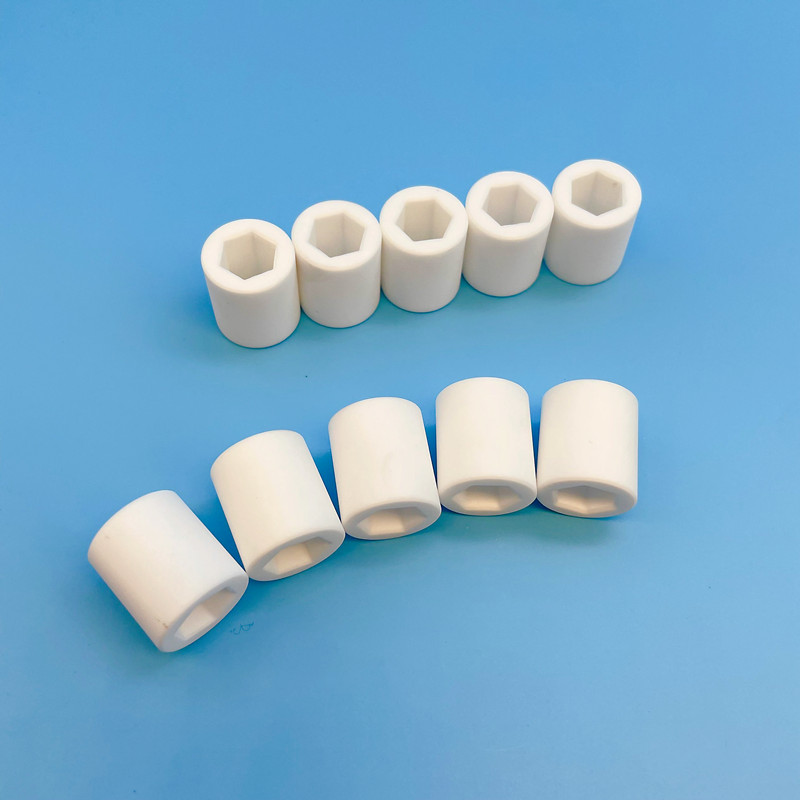Molding Methods of Polytetrafluoroethylene (PTFE)
Polytetrafluoroethylene (PTFE) suspension resin does not flow even when melted due to its extremely high melt viscosity, and only undergoes volume expansion of about 25% to fuse with each other, and the melt is easily broken under the action of shear force Therefore, the molding process of PTFE suspension resin is to cold press the resin into a preform, sinter and cool it into a product with a certain strength, and then undergo secondary processing to become the final product.
Compression molding
Also known as compression molding. Add PTFE suspension resin evenly into the cavity of the compression mold, apply pressure to form a preform, put it in a sintering furnace for sintering after demoulding, and then cool to obtain a PTFE molded product. Molded products include plates, rods, sleeves, pads and parisons.
In addition, there is automatic compression molding, which allows free-flowing PTFE suspension resin to be automatically added into the hot mold cavity for compression molding, which is suitable for processing large batches, simple shapes, and small-sized products, such as small sealing rings and valve seats. Automatic compression molding requires higher pressure than normal compression molding because it has a much shorter compression time.
Hydroforming
Also known as isobaric molding. Use high-pressure fluid (commonly used water) to apply the same pressure to each part of the elastic mold (rubber bag) that can freely shrink or expand to change the shape, forcing the elastic mold to expand or shrink, and the resin placed between the elastic mold and the metal mold wall A preform that is uniformly compressed into a desired shape. It is suitable for processing large-scale components with a small number and complex-shaped lining structures, such as hemispherical shells, storage tanks, blanks, towers, tees, elbows and reducers, etc.
According to the pressure direction of the deformable mold, that is, the rubber bag-expansion or contraction, hydroforming can be divided into three types: internal hydraulic method, external hydraulic method and internal and external hydraulic method.
(1) Internal hydraulic method: the soft mold rubber bag is placed in the metal mold, the mold is assembled first, and the free-flowing PTFE suspension resin is evenly filled into the gap between the soft mold and the metal mold. After closing the mold, inject high-pressure water into the rubber bag, let it expand and compact the PTFE resin against the metal mold, and release the mold after holding the pressure for a certain period of time to form a preform. The products formed by internal hydraulic method have rough inner wall and smooth outer surface, because the inner wall is in contact with the rubber bag and the outer surface is in contact with the metal mold. The internal hydraulic method, also known as the dry bag method, is suitable for processing PTFE beaker storage tanks, sleeves and hemispherical shells and other products.
(2) External hydraulic method: the metal mold is placed in a rubber bag, PTFE resin is evenly added to the gap between the two, and the mold is closed. It is placed in an autoclave, and the high-pressure water in the autoclave compresses the rubber bag to make the PTFE resin It is compacted against the metal mold to become a preform with inner gloss and outer hair. The external hydraulic method is suitable for processing pipes with thin walls and relatively large length and diameter and large blanks for turning plates. The external hydraulic method is also called the wet bag method because the rubber bag is completely submerged in the water of the autoclave.
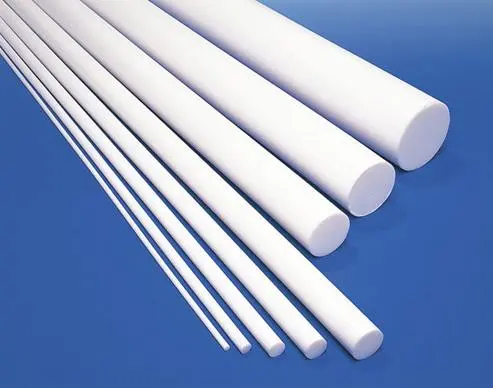
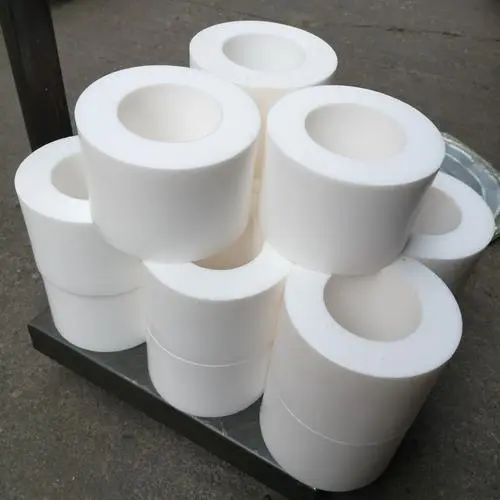
Jiangsu High Industry on the research and development and production of high-performance polyurethane isostatic pressing molds. Through in-depth cooperation with many isostatic pressing equipment manufacturers and in-depth study of the industry, the developed isostatic pressing polyurethane mold series products have the characteristics of long service life, high precision, small deformation, easy demoulding, etc., and are widely used in ceramics, etc. Static pressing mould, cemented carbide isostatic pressing mould, rare earth permanent magnet material isostatic pressing mould, graphite isostatic pressing mould, etc.
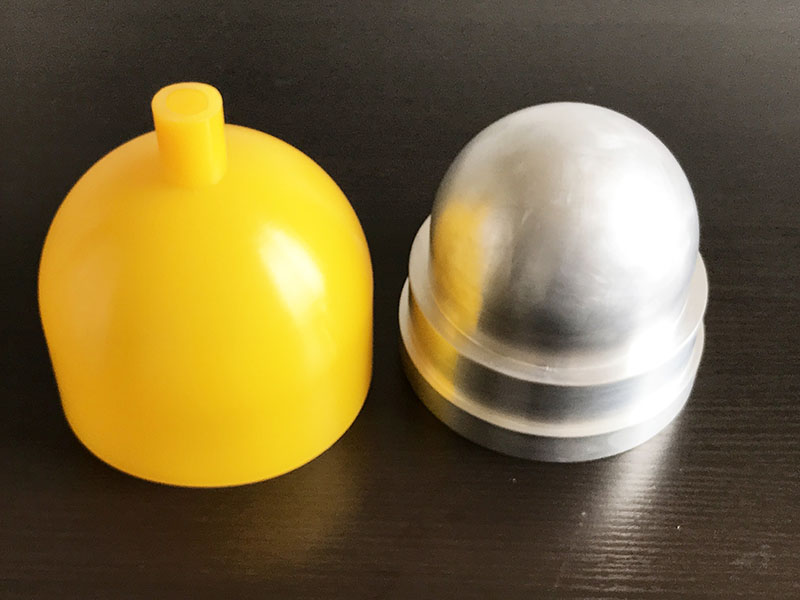
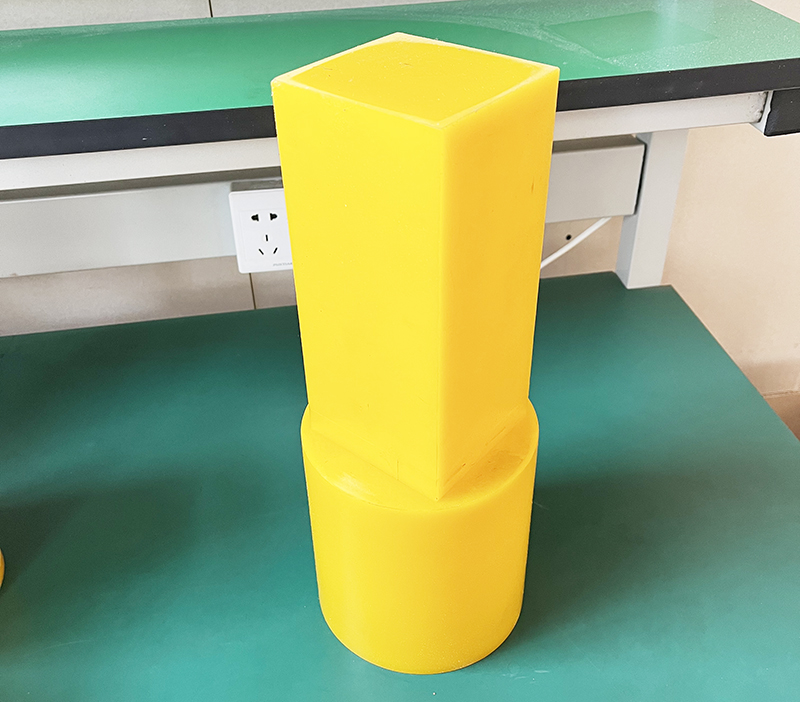
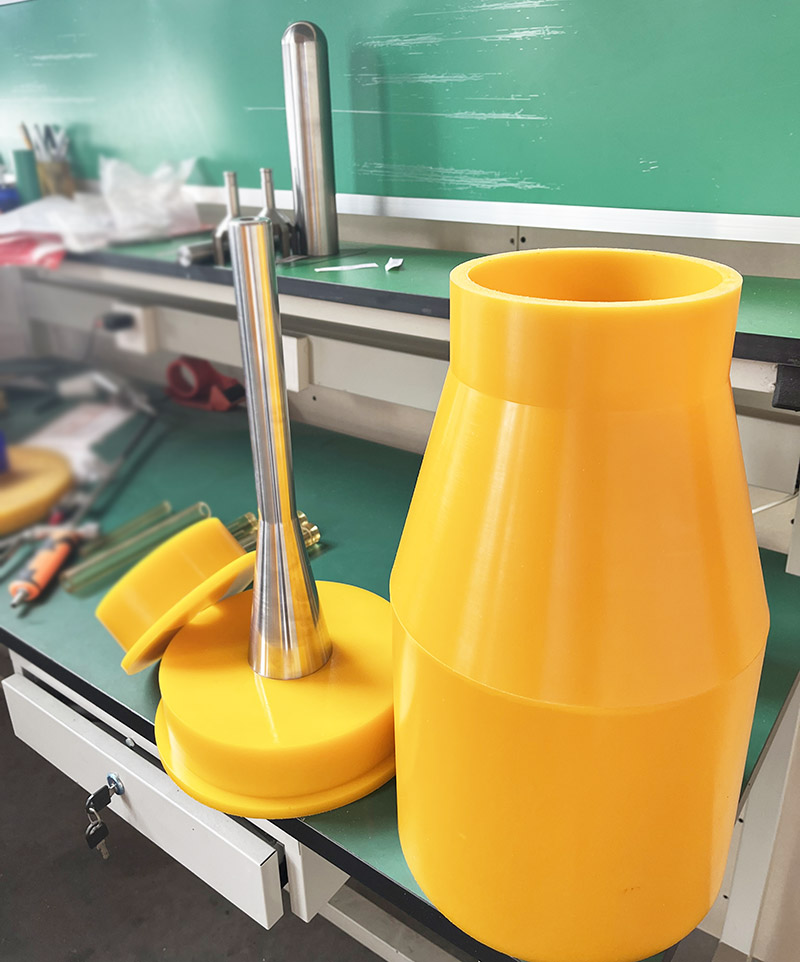
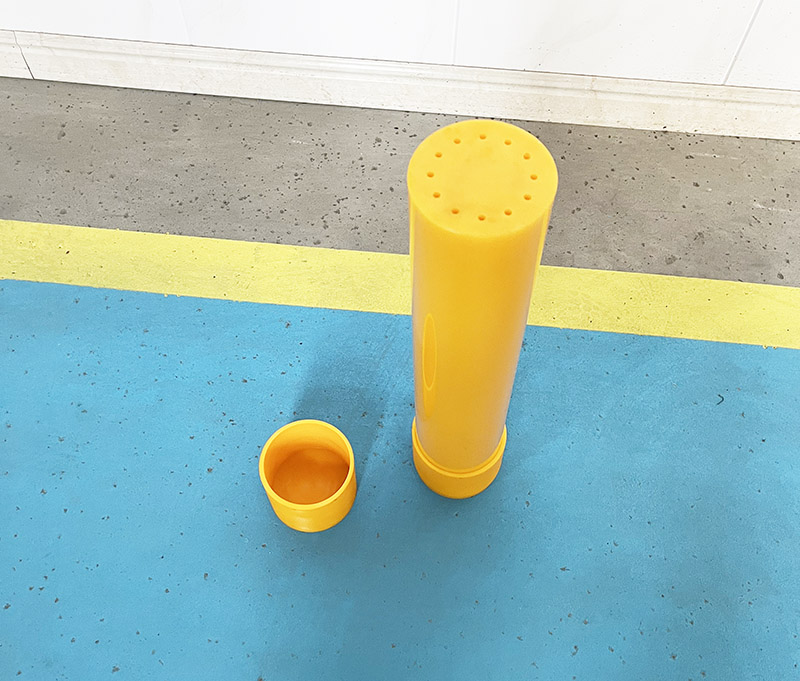
We support all kinds of customization, if you need it, please contact us.
Phone/whatsapp:+86 18234744811
Email:sales@highindustryco.com
Polyurethane Products Pu Products Rubber Mold Plastic Mold
